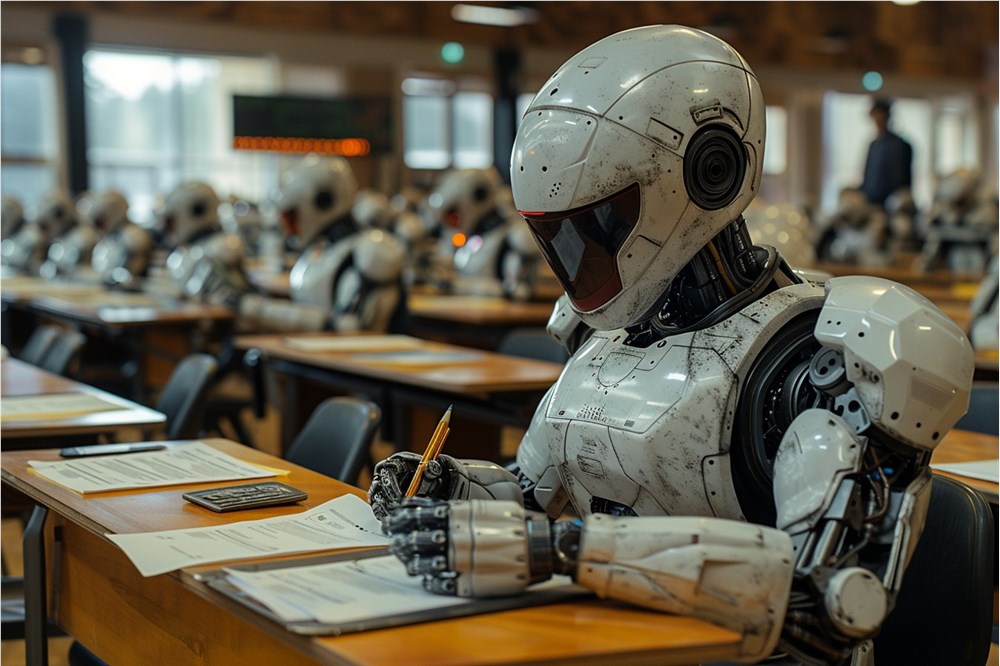The MIT research team has made a major breakthrough recently to develop a brand new robot training model that borrows the training methods of large language models (LLMs) and no longer relies on specific data sets, but uses Massive information is used for training. This innovation is expected to solve the limitations encountered by traditional robot training methods in responding to environmental changes and new challenges, laying a solid foundation for the research and development of general robotic brains. The significance of this study is that it has the potential to change the future of robotics, allowing robots to better adapt to complex and changeable environments and perform a wider range of tasks.
MIT this week presented a completely new robot training model that abandoned previous training methods that focused on specific datasets and instead used massive amounts of information used when training in large language models (LLMs).
Researchers point out that imitation learning—that is, agents learn by imitating individuals performing tasks—can fail when faced with small challenges. These challenges may include different lighting conditions, different environmental settings or new obstacles. In these cases, the robot does not have enough data to adapt to these changes.

The team borrowed models like GPT-4 and adopted a rough data-driven problem solving method.
"In the field of language, data is sentences," said Lirui Wang, the paper's lead author. “In the robotics field, given the diversity of data, if you want to pre-train in a similar way, we need different architectures.”
The team introduced a new architecture called Heterogeneous Pre-trained Transformer (HPT), which integrates information from different sensors and different environments. The data is then integrated into the training model using a transformer. The larger the converter, the better the output result.
The user then enters the robot's design, configuration, and the tasks they want to accomplish.
“Our dream is to have a universal robotic brain that you can download and use for your robot without any training,” said David Held, associate professor at Carnegie Mellon University, of the study. “Although we’re just starting out, we will continue to work hard, hoping that scale-up can lead to breakthroughs in robotic strategies like large language models.”
This study was funded in part by the Toyota Institute. Last year at TechCrunch Disrupt, TRI demonstrated a way to train a robot overnight. Recently, it reached a watershed partnership that combines its robotic learning research with Boston Dynamics’ hardware.
This research by MIT has brought new possibilities to the field of robotics, and its future development is worth looking forward to. By drawing on the successful experience of large language models, the model is expected to promote more significant advances in robotic technology, ultimately realizing the dream of a general robotic brain, so that robots can serve humans more flexibly and intelligently.